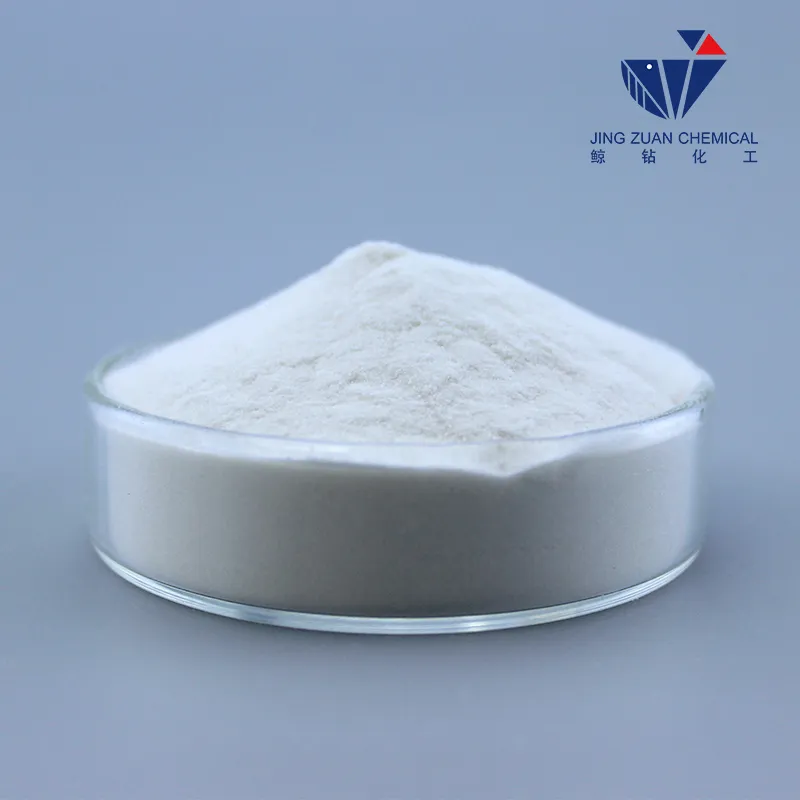
Sep . 28, 2024 19:27 Back to list
Hydroxyethyl Cellulose Pricing Trends and Market Analysis for 2023
Understanding Hydroxyethylcellulose Pricing Factors and Trends
Hydroxyethylcellulose (HEC) is an important water-soluble polymer derived from cellulose. It finds extensive applications in various industries, including pharmaceuticals, cosmetics, food, and construction, due to its thickening, gelling, and stabilizing properties. With the broad application scope, the pricing of hydroxyethylcellulose has become a significant consideration for manufacturers and suppliers alike. This article explores the factors influencing the price of hydroxyethylcellulose and current market trends.
Factors Influencing Hydroxyethylcellulose Prices
1. Raw Material Costs The primary ingredient in the production of hydroxyethylcellulose is cellulose, which is typically sourced from wood pulp or cotton. Fluctuations in the prices of these raw materials directly affect HEC pricing. In recent years, global supply chain disruptions, especially due to environmental regulations and trade policies, have led to increased raw material costs.
2. Production Processes The methods used to manufacture hydroxyethylcellulose also impact its pricing. HEC is produced through a series of chemical reactions involving cellulose fibers and ethylene oxide. Variations in production processes, such as the raw material quality, production scale, and technological advancements, can lead to differences in cost. Companies that invest in more efficient technologies may enjoy lower production costs and, consequently, more competitive pricing.
3. Market Demand The demand for hydroxyethylcellulose can vary across industries. In the cosmetics and personal care sector, HEC is ubiquitous in formulations like shampoos, lotions, and gels. Similarly, in the pharmaceutical industry, it serves as a thickening agent in various medicinal forms. Fluctuating demand can be prompted by changes in consumer preferences, market trends, or the introduction of new products. For instance, the rise in eco-friendly and sustainable products has led to an increased demand for natural thickeners like HEC, thereby impacting its price.
4. Geopolitical Factors Geopolitical situations can also play a substantial role in influencing the price of hydroxyethylcellulose. For example, trade tariffs, political instability, or sanctions in producing countries can disrupt the supply chain, leading to price hikes. Supplier reliability and country-specific manufacturing policies are crucial considerations for businesses reliant on HEC.
5. Environmental Regulations As the universal push for sustainability grows stronger, regulatory measures aimed at reducing environmental impacts are becoming stricter. Compliance with these regulations can increase production costs for some manufacturers, which can, in turn, influence HEC pricing. Companies that adhere to environmental standards may face higher operational costs, leading them to pass these costs onto consumers.
hydroxyethylcellulose price

Current Market Trends
As of 2023, the market for hydroxyethylcellulose is experiencing some notable trends
- Sustainability Emphasis With a growing focus on green chemistry, manufacturers are actively looking for sustainable alternatives and more environmentally friendly practices in HEC production. This focus often leads to higher production costs as companies invest in cleaner and more efficient technologies.
- Increased Competition The rising demand for hydroxyethylcellulose has encouraged new players to enter the market, leading to increased competition. This could result in price fluctuations as companies vie for market share. Competitive pricing strategies may lead to lower prices for consumers in the short term.
- Global Supply Chain Challenges Although the world is slowly recovering from the impacts of the COVID-19 pandemic, supply chain issues continue to pose challenges. Shipping delays and increased transportation costs are prevalent as the industry adapts to new realities. These challenges can lead to continued pricing volatility.
- Innovation in Applications Continuous research and development are advancing the uses of hydroxyethylcellulose beyond traditional applications. Innovations in sectors like bioengineering and nanotechnology are expanding the market further, potentially affecting demand and pricing dynamics.
Conclusion
In summary, the pricing of hydroxyethylcellulose is influenced by a myriad of factors, including raw material costs, production processes, market demand, geopolitical factors, and environmental regulations. As industries continue to evolve, so too will the factors affecting HEC pricing. Stakeholders must stay informed about these dynamics to navigate the complexities of the hydroxyethylcellulose market effectively. Understanding these factors is crucial for companies looking to source HEC competitively while remaining responsive to market changes.
-
Versatile Hpmc Uses in Different Industries
NewsJun.19,2025
-
Redispersible Powder's Role in Enhancing Durability of Construction Products
NewsJun.19,2025
-
Hydroxyethyl Cellulose Applications Driving Green Industrial Processes
NewsJun.19,2025
-
Exploring Different Redispersible Polymer Powder
NewsJun.19,2025
-
Choosing the Right Mortar Bonding Agent
NewsJun.19,2025
-
Applications and Significance of China Hpmc in Modern Industries
NewsJun.19,2025







